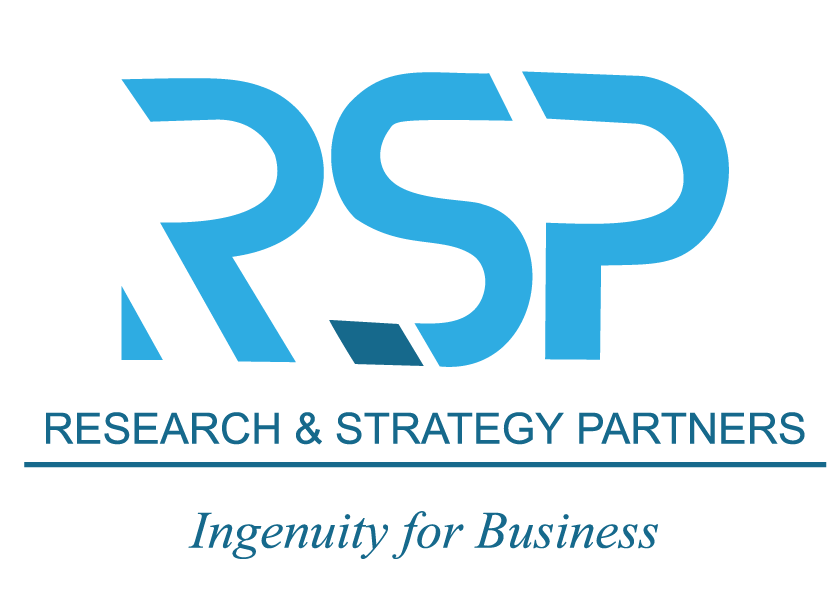In the modern business landscape, companies invest in various marketing and sales strategies to drive growth. However, without proper measurement, it’s impossible to gauge the effectiveness of these efforts.
If your company has been offered B2B matchmaking, email marketing, telemarketing, and virtual assistant services, tracking the right key performance indicators (KPIs) will help you optimize results and maximize your return on investment (ROI).
Let us explore the critical metrics to measure the success of these services, providing actionable insights to help you refine your strategies and achieve your business goals.
1. B2B Matchmaking: Tracking Meaningful Connections
B2B matchmaking services are designed to connect businesses with potential partners, clients, or investors. These services are particularly valuable for companies looking to expand their networks, enter new markets, or secure funding. To evaluate the success of your B2B matchmaking efforts, focus on the following metrics:
– Number of Matches:
The total number of connections facilitated through the service is a fundamental metric. It provides a baseline understanding of how many potential opportunities have been generated. However, quantity alone isn’t enough—quality matters just as much.
– Meeting Completion Rate:
Not all scheduled meetings will take place. Tracking the percentage of meetings that actually occur helps you assess the level of interest and commitment from both parties. A low meeting completion rate may indicate issues with the quality of matches or the scheduling process.
– Lead Conversion Rate:
The ultimate goal of B2B matchmaking is to turn connections into tangible business outcomes. Measure the percentage of matched businesses that convert into active customers, partners, or investors. This metric directly reflects the effectiveness of the matchmaking process.
– Customer Lifetime Value (CLV):
For businesses that convert into long-term clients, calculating the CLV provides insight into the revenue generated over the entire relationship. A high CLV indicates that the matchmaking service is delivering valuable, sustainable connections.
– Feedback and Satisfaction Scores:
Qualitative feedback from participants is invaluable. Collect ratings and reviews to understand how satisfied businesses are with the matches provided. This feedback can help identify areas for improvement and ensure the service meets expectations.
By monitoring these metrics, you can ensure your B2B matchmaking efforts are not only generating connections but also driving meaningful business outcomes.
2. Email Marketing: Measuring Engagement and Conversions
Email marketing remains one of the most effective tools for nurturing leads and driving sales. However, its success depends on crafting compelling content and targeting the right audience. To measure the effectiveness of your email campaigns, focus on the following KPIs:
– Open Rate:
The percentage of recipients who open your emails is a direct reflection of how well your subject lines and sender name resonate with your audience. A low open rate may indicate that your emails are not compelling enough to stand out in a crowded inbox.
– Click-Through Rate (CTR):
Once your email is opened, the next goal is to drive action. The CTR measures the percentage of recipients who click on links within the email. A high CTR indicates that your content is engaging and relevant to your audience.
– Conversion Rate:
The ultimate goal of email marketing is to drive conversions, whether that’s signing up for a service, downloading a resource, or making a purchase. Track the percentage of recipients who complete the desired action to gauge the effectiveness of your campaign.
– Bounce Rate:
A high bounce rate—the percentage of emails that fail to reach recipients—can harm your sender reputation and deliverability. Regularly clean your email list to remove invalid addresses and reduce bounce rates.
– Unsubscribe Rate:
While some unsubscribes are inevitable, a high unsubscribe rate may indicate that your content is not resonating with your audience. Use this metric to refine your messaging and ensure it aligns with your subscribers’ interests.
By analyzing these metrics, you can optimize your email marketing campaigns to improve engagement, drive conversions, and build stronger relationships with your audience.
3. Telemarketing: Assessing Call Performance and Lead Quality
Telemarketing is a powerful strategy for generating qualified leads and driving sales. However, its success depends on the quality of interactions and the ability to convert prospects into customers. To measure the effectiveness of your telemarketing efforts, track the following KPIs:
– Call Connection Rate:
Not every call will reach the intended recipient. The call connection rate measures the percentage of calls that successfully connect with a decision-maker. A low connection rate may indicate issues with your contact list or calling strategy.
– Average Call Duration:
The length of time spent on calls can provide insight into the level of engagement. Longer calls often indicate more meaningful conversations and a higher likelihood of conversion.
– Lead Conversion Rate:
The percentage of calls that result in successful lead generation or sales is a critical metric. It directly reflects the effectiveness of your telemarketing team and the quality of your leads.
– Cost Per Lead (CPL):
Telemarketing can be resource-intensive, so it’s important to track the cost per lead. This metric helps you assess the efficiency of your efforts and compare the ROI of telemarketing to other strategies.
– Customer Satisfaction Score (CSAT):
Telemarketing interactions can leave a lasting impression on prospects and customers. Use CSAT surveys to measure how satisfied they are with their experience. Positive feedback can help build trust and credibility, while negative feedback highlights areas for improvement.
By focusing on these metrics, you can ensure your telemarketing efforts are generating high-quality leads and delivering a positive experience for your prospects.
4. Virtual Assistant Services: Evaluating Efficiency and Productivity
Virtual assistants (VAs) play a crucial role in streamlining operations and improving efficiency for businesses. Whether they’re handling administrative tasks, managing schedules, or providing customer support, it’s important to measure their performance to ensure they’re delivering value.
Key metrics to track include:
– Task Completion Rate:
The percentage of assigned tasks completed within a given timeframe is a direct measure of productivity. A high completion rate indicates that your VAs are efficient and reliable.
– Response Time:
In fast-paced business environments, timely responses are critical. Track how quickly your VAs handle inquiries and requests to ensure they’re meeting your expectations.
– Accuracy and Error Rate:
Mistakes in data entry, communication, or scheduling can have significant consequences. Monitor the accuracy of your VAs’ work and identify any recurring issues that need to be addressed.
– Cost Savings:
One of the primary benefits of virtual assistants is cost efficiency. Compare the expenses of using VAs to the cost of hiring full-time employees to quantify the savings.
– Client Feedback:
Satisfaction scores and reviews from business executives utilizing VA services provide valuable insights into their performance. Use this feedback to identify strengths and areas for improvement.
By tracking these metrics, you can ensure your virtual assistant services are delivering the efficiency and productivity your business needs.
Conclusion: Data-Driven Decision Making
In today’s data-driven world, tracking the right metrics is essential for optimizing your marketing and support services. Whether you’re leveraging B2B matchmaking, email marketing, telemarketing, or virtual assistants, consistently monitoring KPIs allows you to make informed decisions, refine your strategies, and improve overall performance.
By focusing on the metrics outlined in this post, you can ensure your campaigns are driving tangible results and delivering a strong ROI. Start tracking these KPIs today and watch your business thrive!
Rethinking your B2B Outreach Strategy?
Whether it’s scaling your lead generation, optimizing your outreach, or building a high-converting growth strategy, we’re here to help.
We know your audience. We have the Expertise in identifying key decision-makers and know how to reach them.
Let’s talk about how we can accelerate your growth with our B2B Outreach solutions.
Contact us today!
partners@research-strategy.com


Leave a Reply